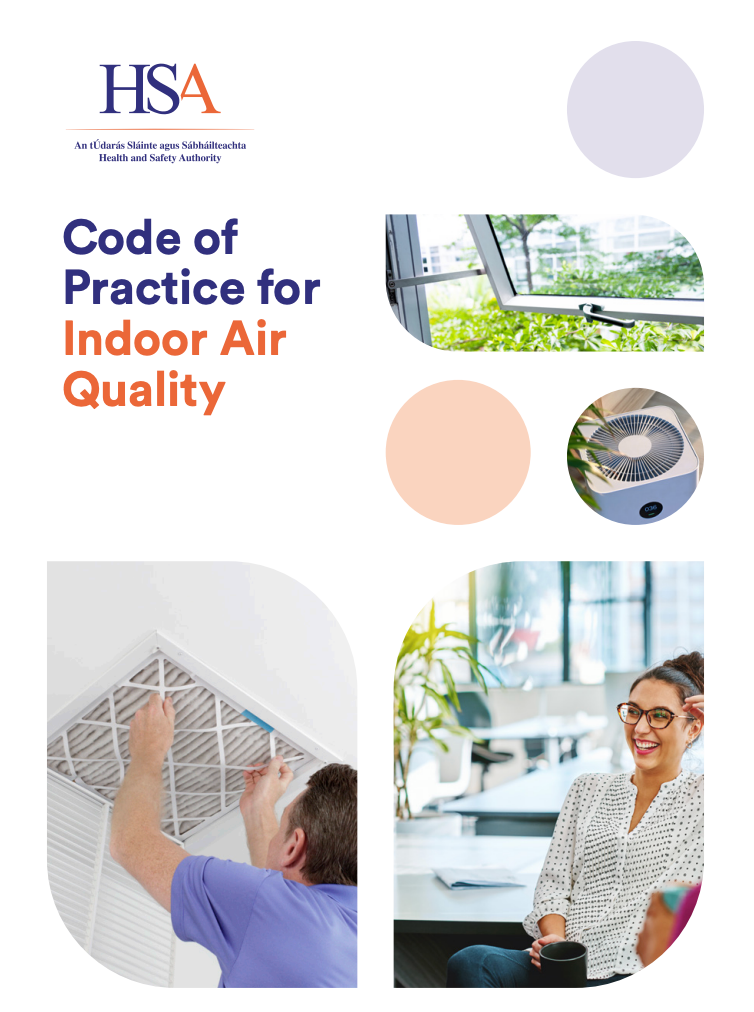Once a simple, archaic light source, candles have become fundamental additions to many modern homes. They provide a warm shift in ambience and decorate our tables, shelves, and mantlepieces. However, recent studies have revealed shadows behind the wax light, posing questions such as: 'Are candles contributing to indoor air pollution?'
The answer isn't quite as simple and is much more nuanced than a yes or no.
How harmful a candle is can depend on several compositional factors, including wax type and the chemicals used to create synthetic fragrances. In this blog, the air quality experts at Ultra Protect will explore the research and potential risks associated with candle usage.
Are Some Candles Worse Than Others?
While some candles are safer than others, certain waxes should be avoided altogether. Paraffin, derived from petroleum, releases the same carcinogenic chemicals as diesel. These cancer-causing volatile compounds include formaldehyde and benzene. Studies performed by the Environmental Protection Agency discovered that burning candles made from paraffin wax contributes to much higher levels of indoor air pollution.
Scented candles often contain phthalates, a group of endocrine-damaging chemicals inimical to the reproductive, neurological, and developmental systems. Children are especially susceptible to phthalates' harmful nature, which can adversely affect their overall development.
Though reactions may vary depending on the individual, candles made with synthetic fragrances can also cause allergic reactions, from rashes to anaphylaxis.
However, it's important to note that not all candles are equally toxic. Less harmful waxes, such as beeswax and soy, are safer options, though they can also negatively affect indoor air quality from the combustion perspective. Often marketed as the 'healthier' option, beeswax may, in fact, improve air quality by neutralising airborne pollutants.
How Do Candles Affect Respiratory Health?
When discussing candles and indoor air quality, the effects on respiratory health are most certainly worth mentioning. Like any combustible material, when lit, candles release toxic fumes and ultrafine particulate pollutants into the surrounding atmosphere.
Candles also release soot, which can stain surfaces, including ceilings and furniture, and contaminate dated ventilation systems.
What Are Ultrafine Particles?
A study conducted in Denmark found that burning a candle for over two hours contributed to two-thirds of the total ultrafine particles. Unlike larger particles that our bodies can filter out, ultrafine particles can seep into the respiratory system and enter the bloodstream, leading to various health issues.
While occasional candle use is unlikely to affect respiratory health severely, constant exposure to ultrafine particles can compound a range of health concerns, especially for those diagnosed with preexisting ailments.
Symptomatic Reactions
Individuals with lung conditions like bronchitis or asthma may experience their symptoms worsening when inhaling volatile compounds and pollutants.
While they may not have any underlying respiratory conditions, some people are prone to lightheadedness and headaches when exposed to synthetically produced fragrances, with more serious cases leading to bouts of nausea.
Long-Term Risks
As with any pollutant—indoors or outdoors—long-term exposure, especially to high levels, can contribute to the manifestation of severe health conditions. Though more research is required, it is safer to assume that when misused over long periods, candles, most notably paraffin wax, can become detrimental to respiratory health.
Are There Alternatives & Practices for Safer Usage?
If you enjoy burning candles and want to minimise their effect on indoor air quality, several risk-reducing alternatives and practices exist for safe usage. Here are three that can make the most notable difference.
LED Candles
Enhancing the ambience of your indoor space can be achieved without candles; instead, you can use LED candles that provide the same glow without any emissions.
Essential Oil Diffusers
Try using essential oil diffusers if the scented quality draws you to candles. Something to note: essential oils, though safer in terms of pollutants, are known to be harmful to pets.
Improve Ventilation
To reduce the effects and health risks associated with candle use, it would be advisable always to burn candles in well-ventilated spaces to mitigate pollutants from building up. Open windows and use air purifiers like HEPA filters to remove volatile compounds.
If you’re a business owner, perhaps of a candle boutique, Ultra Protect offers indoor air quality assessments to ensure the air your employees and customers breathe is as healthy as possible.
Are Candles as Bad as Other Indoor Pollutants?
While it's worth understanding the impact of candles, other indoor activities, such as cooking with processed oils and using cleaning products brimming with chemicals, also adversely affect indoor air quality.
If you live in an urbanised area suffering from high outdoor pollution, ensuring your indoor air quality is managed to a safer level might be a conscious concern. Though candles don't contribute as much as frying food in overly processed oils, limiting their use is a sure way to improve air quality inside your home.
Candles & Indoor Air Quality
So, are candles bad for indoor air quality? Well, the answer depends on the type of candle, how long you burn it, and how well-ventilated your home is.
This blog's aim isn't to discourage you from using candles but to ensure you make safe and informed decisions to safeguard your home and health. Be mindful of the candles you use, avoid paraffin and opt for beeswax, open windows or use air purifiers.
By making informed decisions, you can enjoy the warmth and ambience without ever compromising the air you breathe. For more information,
contact our team and take your first breath towards cleaner, healthier air today.







